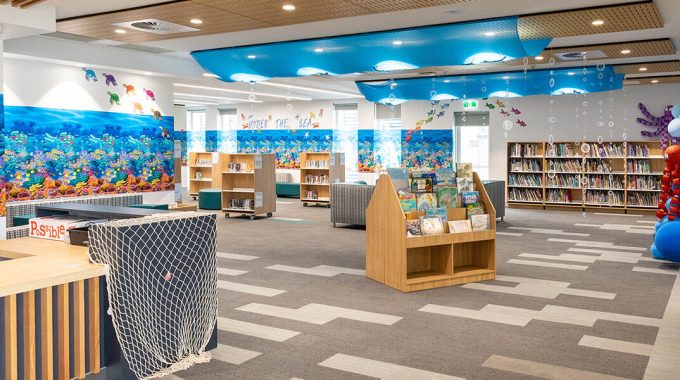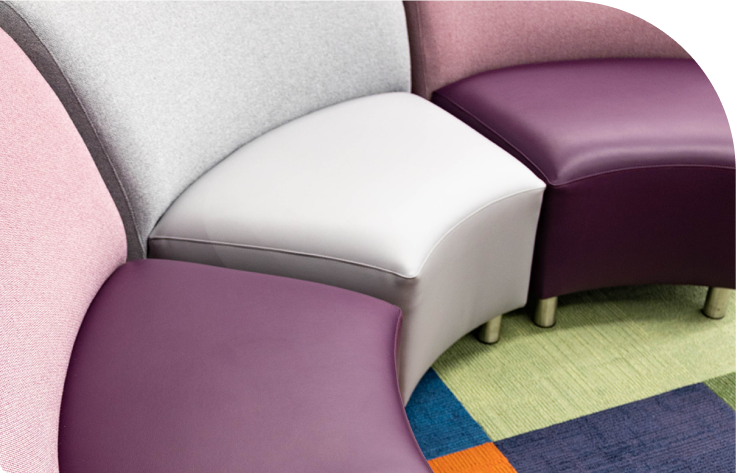How classrooms can facilitate a mix of in-class and remote learning

Find out how a hybrid learning style can be used to reach students who are unable to attend in person, and ensure learning remains equitable and empowering.
With the recent changes in the world, it might seem that remote teaching and blended learning models are here to stay. And while there are positives and negatives to the hybrid approach, there are a few tried-and-true best practices which can help students and teachers get the most out of the experience.
It should be apparent that the classroom itself is a big aspect of why learning works well – and this can provide the first challenge to effective remote learning design. Students are conditioned to learning in the arrangements, whether it is the flexible zones designated by primary classroom furniture or the ordered rows of high school classroom furniture. The strength of this type of design is that learning becomes a compartmentalised activity, and students are more accustomed to following instructions and applying their knowledge in these contexts more-so than at home. Having student work shown in aspirational displays around the classroom, and having the access to ask a teacher a question whenever needed – this is the type of environment which remote learning should do best to supplement.
While students are at school, the classroom furniture arrangement is also important to promote stability and reduce distractions while enabling physical distancing. In a primary classroom furniture can be spaced into distinct zones and activity areas, so that students can interact with each other and their teacher in a reasonable manner, and gain access to the types of hands-on learning that is difficult to achieve in a home setting.
Meanwhile, since secondary schools tend to have smaller rooms, high school classroom furniture should be more carefully arranged to enable distancing, while also allowing the teacher to walk around the space, have smaller discussions, and enable conversation. In both cases, it is important that the classroom furniture promotes an atmosphere of normalcy for students, who otherwise may be lacking in routines and order when learning from home.
Even when classes are conducted online, routines and structure can help with knowledge acquisition, as well as social development. Many teachers may find it effective to deliver online lessons from a classroom if possible, in order to make use of fixtures such as a whiteboard, smartboard or projector. Similarly, students can be encouraged to replicate classroom furniture at home, by using a room and desk without distractions or clutter, and by ensuring their attention is focused on the learning directly in front of them.
Regardless of online or in-person, the focus should be on allowing students to access the learning in an effective and supportive way. Whether students interact with their teachers from a physical desk or across an online learning platform, students should be able to recognise that their learning is valued and they have access to as much support as they need. It should be reassuring for both students and teachers to know that although delivery methods and activities might look different for the time being, the eventual goals of primary and secondary education remain the same.
[zohoForms src=https://forms.zohopublic.com/abaxkingfisher/form/BlogpostContactForm/formperma/mGOjr7yuy1IZ4yq9x6d9Fx6PYvFfs1XN4AHb-vugL8Y width=100% height=900px/]









